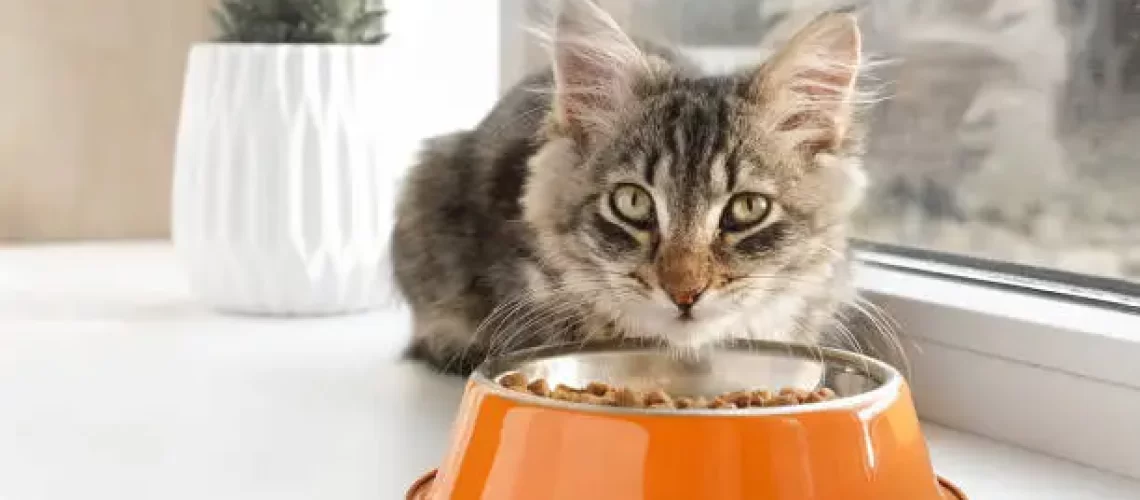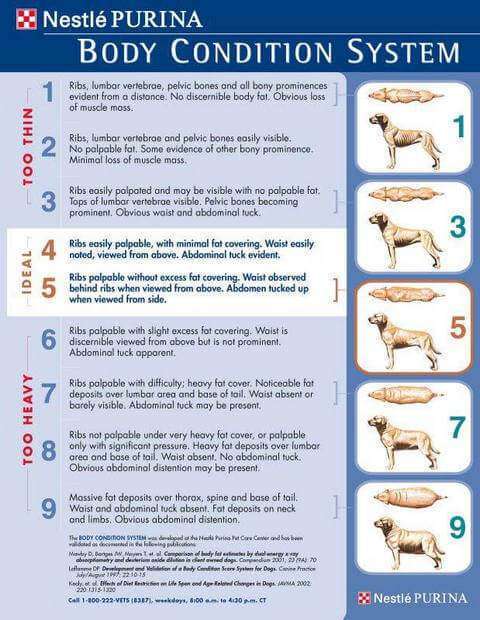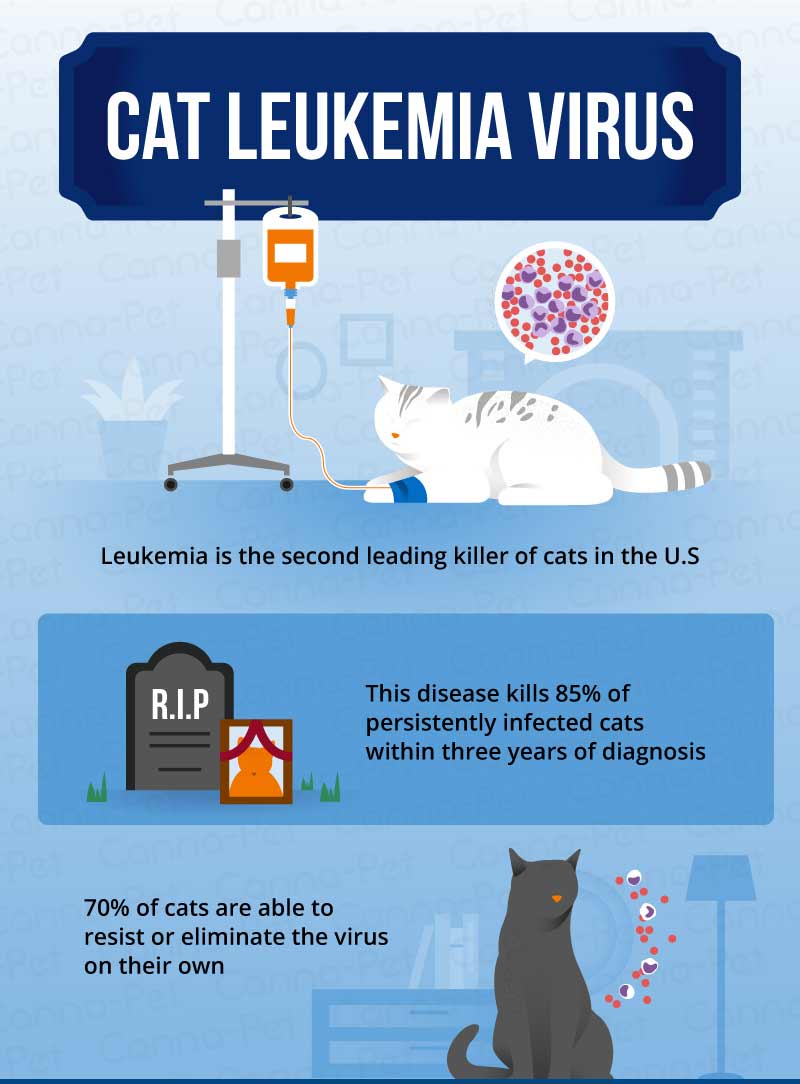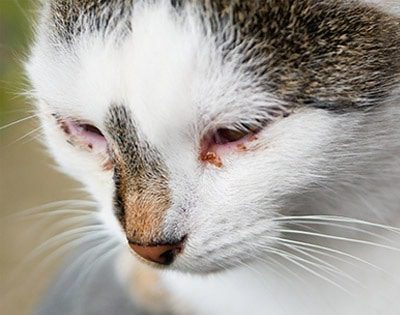Are you a proud cat owner? Do you find yourself constantly wondering how often you should be feeding your feline friend? Well, buckle up because we're about to embark on a journey that will not only benefit your furry companion but also give you peace of mind. Understanding the ins and outs of feeding schedules is essential for your cat's overall health and happiness.
Did you know that over 50% of cats in the United States are overweight or obese? By delving into this topic, you'll gain valuable insights into maintaining a healthy weight for your beloved pet. So, let's dive right in and discover the secrets behind finding the perfect balance when it comes to feeding our four-legged friends. Get ready to become the ultimate cat parent!
Key Takeaways:
- Feeding your cat 2-3 times a day is recommended to maintain a healthy weight and prevent overeating.
- Consult with your veterinarian to determine the appropriate portion size and type of food for your cat's age, breed, and activity level.
- Avoid leaving food out all day as it can lead to obesity and digestive issues. Stick to scheduled meal times.
- Cats require a diet that is high in protein and low in carbohydrates. Look for cat foods that meet these nutritional requirements.
- Monitor your cat's weight and adjust their feeding routine accordingly. If they are gaining or losing weight, consult with your vet for guidance.
How often should I feed my cat?
The Importance of a Feeding Schedule
A consistent feeding schedule is crucial for the health and well-being of your cat. It helps regulate their metabolism, digestion, and energy levels. By establishing a routine, you can ensure that your feline friend is getting the right amount of food at the right time.
When determining how often to feed your cat, it's important to consider their age, weight, and activity level. Kittens require more frequent meals compared to adult cats because they are growing rapidly. Generally, kittens should be fed three to four times a day until they are around six months old.
Adult cats typically do well with two meals a day. Splitting their daily food intake into two portions helps prevent overeating and promotes better digestion. However, if your cat has specific dietary needs or health conditions, it's best to consult with your veterinarian for personalized feeding advice.
Tips for Establishing a Feeding Schedule:
- Choose regular meal times that fit into your daily routine and stick to them as closely as possible.
- Measure out the appropriate portion size according to your cat's age and weight.
- Place the food in a quiet area where your cat feels comfortable eating.
- Remove any uneaten food after about 20 minutes to prevent spoilage or attracting pests.
Feeding Schedule for Cats: How many times a day?
Determining the Right Frequency
The number of times you should feed your cat each day depends on their age, health status, and individual preferences. Most adult cats thrive on two meals per day – one in the morning and one in the evening. This schedule provides a balance between maintaining their energy levels and preventing overeating.
However, some cats may prefer smaller, more frequent meals. If your cat seems to graze or nibble throughout the day, you can offer them several smaller meals instead of two larger ones. Just be mindful of portion sizes to prevent excessive calorie consumption.
Kittens, on the other hand, have higher energy requirements due to their rapid growth and development. They should be fed three to four times a day until they reach six months of age. This ensures they receive enough nutrients for proper growth and helps prevent hypoglycemia (low blood sugar).
Tips for Feeding Multiple Meals:
- Divide your cat's daily food allowance into equal portions based on the recommended feeding guidelines.
- Offer each meal at regular intervals throughout the day, such as morning, midday, and evening.
- Monitor your cat's weight regularly to ensure they are not gaining or losing too much.
- If you work long hours or have an unpredictable schedule, consider using an automatic feeder to dispense small meals at set times.
The Right Amount: How frequently should I give food to my cat?
Determining Portion Sizes
Feeding your cat the right amount of food is just as important as establishing a feeding schedule. Overfeeding can lead to obesity and related health issues, while underfeeding can result in malnutrition and lethargy. It's essential to determine the appropriate portion size for your cat based on their age, weight, activity level, and overall health.
If you're unsure about how much to feed your cat, consult with your veterinarian for personalized recommendations. They can assess your cat's body condition and provide guidance on the appropriate daily calorie intake.
As a general guideline, adult cats typically require around 20 calories per pound of body weight per day. However, this can vary depending on their individual metabolism and activity level. It's important to monitor your cat's weight and adjust their portion sizes accordingly to maintain a healthy body condition.
Tips for Determining Portion Sizes:
- Weigh your cat regularly using a pet scale or consult with your veterinarian for accurate measurements.
- Follow the feeding guidelines provided by the cat food manufacturer as a starting point.
- Monitor your cat's body condition score – you should be able to feel their ribs without excessive fat covering.
- If your cat is overweight, gradually reduce their portion sizes while ensuring they still receive all essential nutrients.
Guidelines for Feeding Your Feline Friend
Feeding your cat properly is essential for their overall health and well-being. As a responsible cat owner, it's important to understand the guidelines for feeding your feline friend. This includes knowing the right meal frequency, establishing an eating routine, and following a recommended feeding schedule.
Meal Frequency
When it comes to how often you should offer meals to your cat, it depends on their age and individual needs. Kittens require more frequent meals compared to adult cats. For kittens up to six months old, it is recommended to provide them with three meals a day. Adult cats, on the other hand, can be fed two meals a day. It's important not to leave food out all day as this can lead to overeating and obesity.
Eating Routine
Establishing an eating routine for your cat is beneficial as it helps regulate their appetite and digestion. Cats are creatures of habit, so try to feed them at the same time each day. This consistency will help them feel secure and reduce any anxiety related to mealtime. Additionally, avoid making sudden changes in their diet or feeding schedule as this can upset their stomachs.
Recommended Feeding Schedule for Cats
A recommended feeding schedule for cats involves regular intervals and specific meal times. It's best to divide their daily food portion into two equal meals if they are adults or three meals if they are kittens. Offering meals at consistent times throughout the day helps maintain their energy levels and prevents hunger-induced behavior issues.
Tips for Feeding Your Cat
- Provide fresh water at all times.
- Choose high-quality cat food that meets their nutritional needs.
- Avoid giving them excessive treats or human food as it can lead to weight gain.
- Monitor your cat's weight regularly and adjust their food portions accordingly.
- If you have multiple cats, ensure each cat has their own food bowl to prevent competition and potential aggression during mealtime.
Remember, every cat is unique, so it's important to consult with your veterinarian for personalized feeding recommendations based on your cat's age, breed, and health condition. By following these guidelines and establishing a proper feeding routine, you can ensure that your feline friend stays healthy and happy.
Proper Meal Frequency: How often should I offer meals to my cat?
The Importance of Meal Frequency
Feeding your cat the right amount and at the right times is crucial for their overall health and well-being. Cats are natural grazers, meaning they prefer to eat small meals throughout the day rather than one or two large meals. This is because their digestive systems are designed to process small amounts of food at a time. By offering regular meals, you can help maintain their energy levels, prevent overeating, and promote a healthy weight.
Recommended Meal Frequency
As a general guideline, it is recommended to offer your cat 2-3 meals per day. This ensures that they receive a consistent supply of nutrients without feeling hungry or overeating. However, every cat is unique, so it's important to consider factors such as age, activity level, and any specific dietary needs when determining the ideal meal frequency for your feline friend.
Factors to Consider
1. Age: Kittens require more frequent meals compared to adult cats. They have smaller stomachs and faster metabolisms, so offering them 4-5 small meals throughout the day is beneficial.
2. Activity Level: Active cats may need more frequent meals to fuel their energy levels, while less active cats may do well with fewer meals.
3. Dietary Needs: Some cats may have specific dietary requirements due to health conditions or allergies. In such cases, consulting with a veterinarian can help determine the appropriate meal frequency.
Remember to establish a consistent feeding routine by offering meals at around the same times each day. This helps regulate your cat's hunger cues and prevents them from becoming anxious or stressed about food availability.
Eating Routine: Should I give my cat food regularly throughout the day?
The Benefits of Regular Feeding
Establishing a regular eating routine for your cat can have numerous benefits. Firstly, it helps prevent obesity by controlling portion sizes and preventing excessive snacking. Secondly, it allows you to monitor your cat's appetite and detect any changes in their eating habits, which could indicate underlying health issues. Lastly, a consistent eating routine promotes a sense of security and reduces anxiety in cats.
Mealtime Structure
When it comes to feeding your cat regularly throughout the day, it's important to create a structured mealtime routine. This means offering meals at specific times and avoiding leaving food out all day long. By doing so, you can ensure that your cat is getting the right amount of food and maintain their interest in mealtimes.
Tips for Creating an Effective Eating Routine
1. Set Meal Times: Determine specific times for breakfast, lunch, and dinner based on your cat's needs and schedule.
2. Portion Control: Measure out appropriate portions according to your cat's age, weight, and dietary requirements.
3. Time-Limited Meals: Allow your cat around 20-30 minutes to finish their meal before removing any uneaten food.
4. Avoid Free Feeding: Leaving food out all day can lead to overeating and obesity. Instead, stick to scheduled mealtimes.
By following these tips and establishing a structured eating routine, you can help ensure that your cat maintains a healthy weight and enjoys their meals without any unnecessary stress or anxiety.
Recommended Feeding Schedule for Cats: Regular intervals and meal times
The Importance of a Feeding Schedule
Having a well-defined feeding schedule for your cat is essential for their overall health and happiness. Cats thrive on routine, so knowing when they will be fed provides them with a sense of security and predictability. Additionally, maintaining regular intervals between meals helps regulate their digestion and prevents overeating.
Sample Feeding Schedule
While every cat's schedule may vary, here is a sample feeding schedule that can serve as a starting point:
1. Morning (7:00 AM): Start the day with breakfast. Offer a portion of balanced cat food appropriate for your cat's size and age.
2. Mid-Morning Snack (10:00 AM): If your cat enjoys treats or has specific dietary needs, you can offer a small snack during this time.
3. Afternoon (1:00 PM): Serve lunch, again providing an appropriate portion of cat food.
4. Early Evening (5:00 PM): Offer dinner to keep your cat satisfied until bedtime.
5. Bedtime Snack (8:00 PM): If desired, provide a small snack before bedtime to prevent hunger during the night.
Adjusting the Schedule
Remember that this is just a sample schedule, and you should tailor it to suit your cat's individual needs. Factors such as age, activity level, and any health conditions should be considered when determining the intervals between meals. It's important to observe your cat's behavior and adjust the schedule accordingly if needed.
Creating a consistent feeding schedule not only ensures that your cat receives proper nutrition but also strengthens the bond between you and your feline companion. Stick to the routine as closely as possible, and you'll soon notice how content and happy your cat becomes with their regular meal times.
In conclusion, it is recommended to feed your cat two to three small meals a day. This helps maintain their energy levels and prevents overeating or obesity. Remember to consult with a veterinarian for specific feeding guidelines based on your cat's age, weight, and health condition.
How much food should a cat eat in a day?
On average, if you are providing a high-quality commercially made dry food with a good source of protein, an indoor cat would consume around 1/3 to 1/2 cup of food per day. This quantity of nutritious food is roughly equivalent to 167-250 calories.
How much food should I give my cat?
For an average-sized and weighted cat, you should serve a little less than half a cup of food for each meal, assuming they eat twice a day. Cats typically prefer to have multiple small meals instead of one big meal. Therefore, it is recommended to provide one meal in the morning and one meal in the evening, spaced about 12 hours apart.
Can I feed my cat every 3 hours?
Cats need to have at least two meals per day, spaced approximately 12 hours apart. However, it is also acceptable to feed them breakfast, lunch, afternoon, dinner, and a meal right before bedtime. If more than 12 hours pass between meals, the cat's stomach can become overly acidic, leading to feelings of nausea.
Should I leave food out for my cat all day?
Because of this, many cat owners leave a bowl of dry food or kibble out for their cats to eat throughout the day. However, it is still important to throw away any leftover dry food at the end of the day and clean the bowl properly to maintain the freshness of the food.
Is 1 cup of cat food too much?
You can determine the appropriate calorie intake by using a formula that takes into account the basal metabolic rate, as well as additional calories for factors such as stress and overall health. For a typical healthy cat weighing 9 pounds, the recommended amount of food is approximately half a cup of regular dry food, which is equivalent to around 350 calories per cup.
How much wet food should a cat eat a day?
The recommended amount of canned food for most cats is approximately 4-5 ounces per day.

















